Breadcrumb
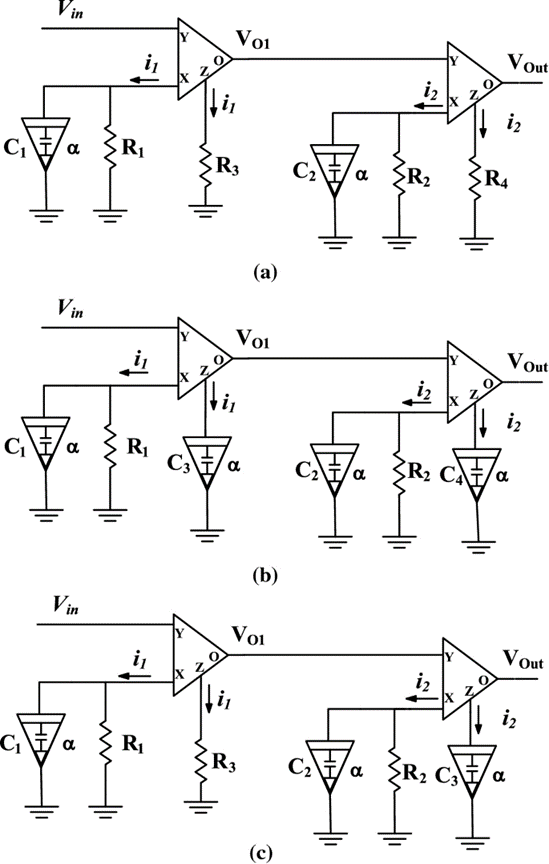
On the Approximations of CFOA-Based Fractional-Order Inverse Filters
In this paper, three novel fractional-order CFOA-based inverse filters are introduced. The inverse low-pass, high-pass and band-pass responses are investigated using different approximation techniques. The studied approximations for the fractional-order Laplacian operator are the continued fraction expansion and Matsuda approximations. A comparison is held between the ideal filter characteristic and the realized ones from each approximation. A comparative study is summarized between the proposed circuits with some of the released inverse filters introduced in the literature. Foster-I
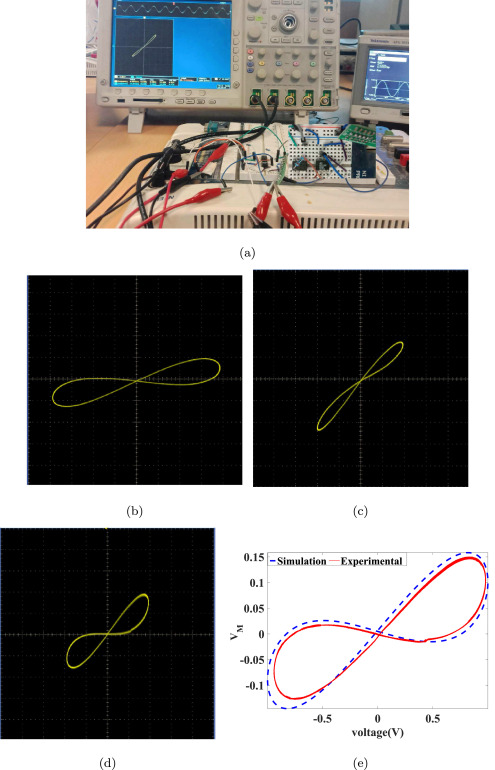
Emulation circuits of fractional-order memelements with multiple pinched points and their applications
This paper proposes voltage- and current-controlled universal memelements emulators. They are employed to realize the floating and grounded fractional-order memelements. The proposed emulators are implemented using different active blocks such as the second-generation current conveyor (CCII), Differential input double output transconductance amplifier (DOTA + ), balanced output CCII, and Differential voltage current conveyor (DVCC) with analog voltage multiplier. One of the main characteristics of the memristive elements is hysteresis loop behaviour with one pinched point, and the higher-order
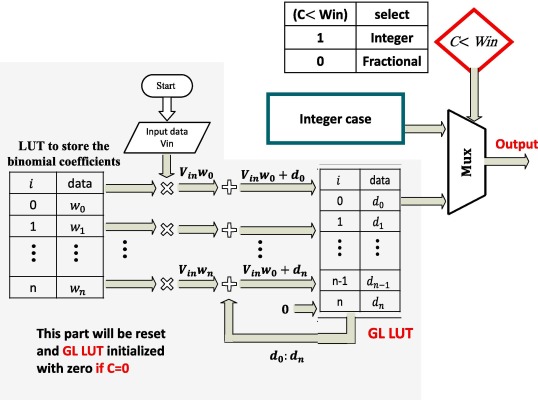
Enhanced hardware implementation of a mixed-order nonlinear chaotic system and speech encryption application
This paper introduces a study for the effect of using different floating-point representations on the chaotic system's behaviour. Also, it offers a comparison between the attractors at three different orders, (integer, fractional, and mixed-order). This comparison shows the minimum number of bits needed for all parameters to simulate the chaotic attractor in each case. Numerical simulations using Matlab are presented for all discussed chaotic systems. This study opens the door to implement chaotic systems and different applications digitally with low hardware area. The FPGA hardware
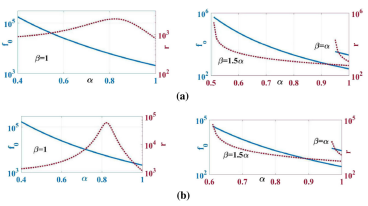
Stability analysis of fractional-order Colpitts oscillators
The mathematical formulae of six topologies of fractional-order Colpitts oscillator are introduced in this paper. Half of these topologies are based on MOS transistor, and the other half is based on BJT transistor. The design procedure for all of these topologies is proposed and summarized for each one. Stability analysis is very crucial in oscillators’ design, as oscillators should have its poles on the imaginary axis to obtain a sustained oscillation. Hence, determining the factors that control the oscillator’s stability is very important. An intensive study of the stability of Colpitts
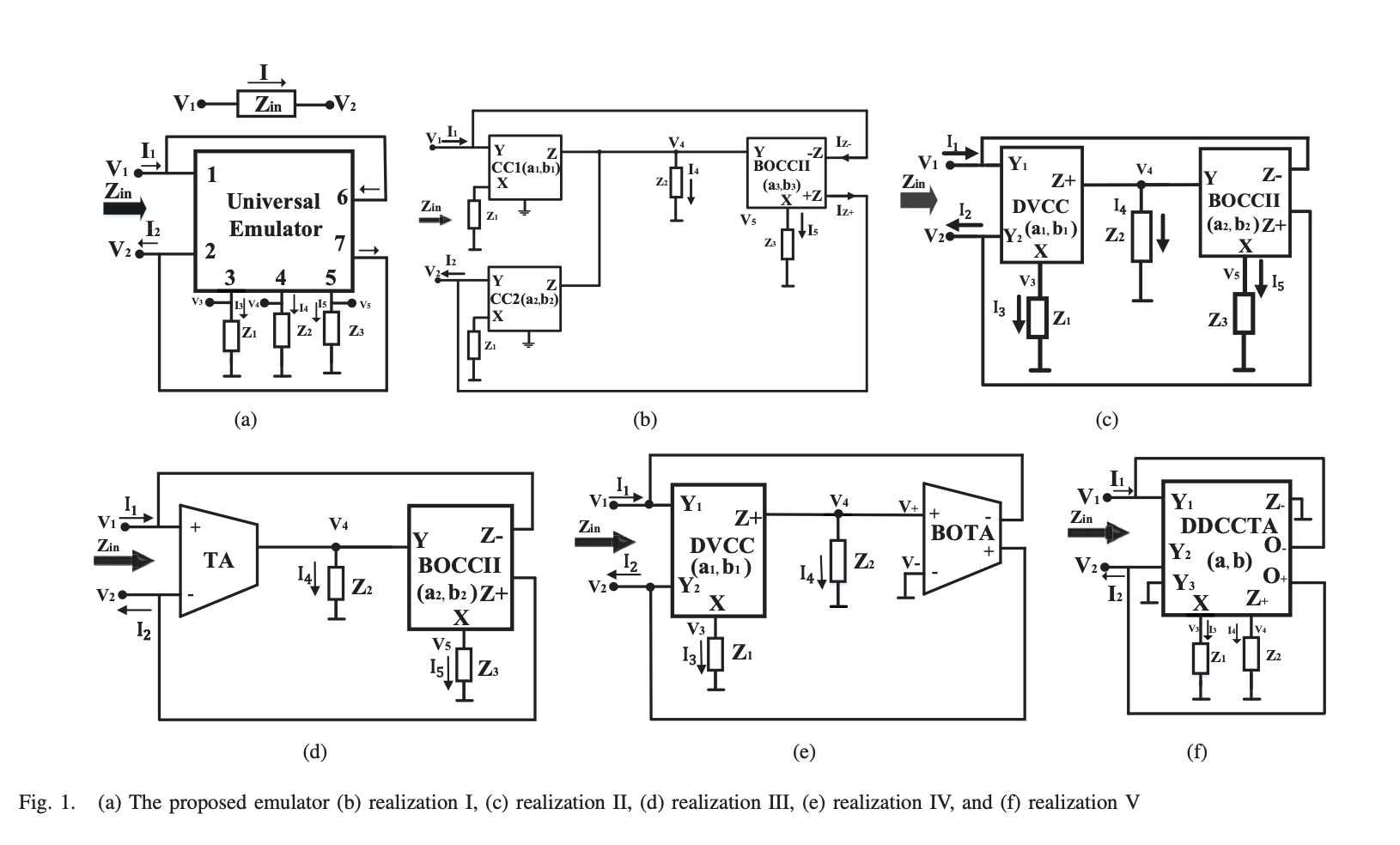
A universal floating fractional-order elements/memelements emulator
In this paper, a generalized floating emulator block is proposed using grounded elements. The proposed emulator is a universal emulator that is used to realize any floating elements such as fractional-order element (FOE) and fractional-order memelements (FOME). Different implementations for the introduced emulator are presented using different active blocks and generalized impedances. The fractional-order parameters add an extra degree of controllability on the hysteresis loop (HL) and the location of the pinched point, which will be investigated. Circuit simulations for the proposed circuits
Fractional-order edge detection masks for diabetic retinopathy diagnosis as a case study
Edge detection is one of the main steps in the image processing field, especially in bio-medical imaging, to diagnose a disease or trace its progress. The transfer of medical images makes them more susceptible to quality degradation due to any imposed noise. Hence, the protection of this data against noise is a persistent need. The efficiency of fractional-order filters to detect fine details and their high noise robustness, unlike the integer-order filters, it renders them an attractive solution for biomedical edge detection. In this work, two novel central fractional-order masks are proposed
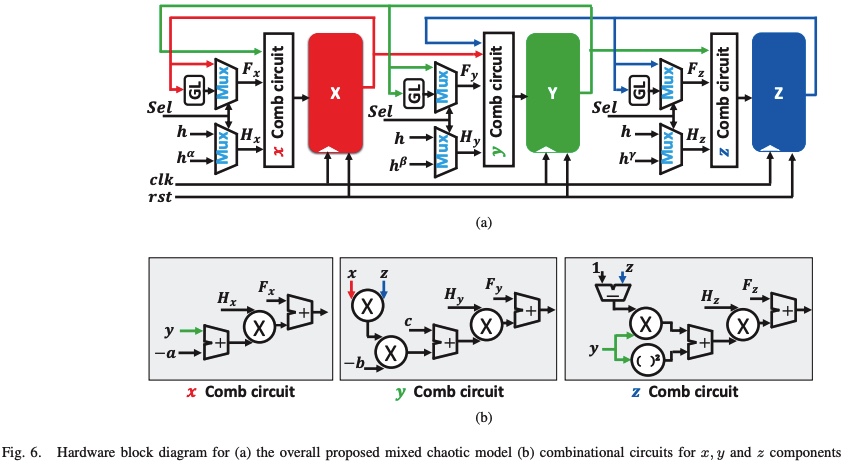
A Digital Hardware Implementation for A new Mixed-Order Nonlinear 3-D Chaotic System
This paper introduces a generic modeling for a 3-D nonlinear chaotic based on fractional-order mathematical rules. Also, a novel modeling for the system using a mixture between integer and fractional-order calculus is proposed. Dynamics of the new realization are illustrated using phase portrait diagrams with complex behavior. Also, a great change in the parameter ranges is investigated using bifurcation diagrams. MATLAB and Xilinx ISE 14.5 are used in system simulations. Furthermore, the digital hardware implementation is done using Xilinx FPGA Virtex-5 kit. The synthesis report shows that

Optimized Edge Detection Technique for Brain Tumor Detection in MR Images
Genetic algorithms (GAs) are intended to look for the optimum solution by eliminating the gene strings with the worst fitness. Hence, this paper proposes an optimized edge detection technique based on a genetic algorithm. A training dataset that consists of simple images and their corresponding optimal edge features is employed to obtain the optimum filter coefficients along with the optimum thresholding algorithm. Qualitative and quantitative performance analyses are investigated based on several well-known metrics. The performance of the proposed genetic algorithm-based cost minimization
CNTFET design of a multiple-port ternary register file
Ternary number system offers higher information processing within the same number of digits when compared to binary systems. Such advantage motivated the development of ternary processing units especially with CNTFET which offers better power and delay results compared to CMOS-based realization. In this paper, we propose a variety of circuit realizations for the ternary memory elements that are needed in any processor including ternary D-latch, and ternary D-flip-flop. These basic building blocks are then used to design a ternary register file with multiple read and write ports. This paper is
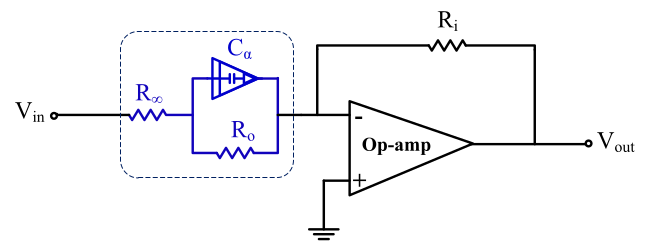
A Modified Differentiator Circuit for Extracting Cole-Impedance Model Parameters Using Meta-heuristic Optimization Algorithms
A differentiator-based set up is proposed as an alternative solution to measure bio-impedance. The method is modifying the differentiator circuit, replacing the capacitor with the Cole-impedance model representing the biological (fruit) sample. The proposed differentiator gain response (with the embedded fruit) is experimentally recorded. The experimental data’s post-processing is performed using meta-heuristic optimization techniques to extract the Cole-impedance model unknown parameters by solving a group of nonlinear equations. Three meta-heuristic optimization algorithms are used: the moth
Pagination
- Previous page ‹‹
- Page 24
- Next page ››
